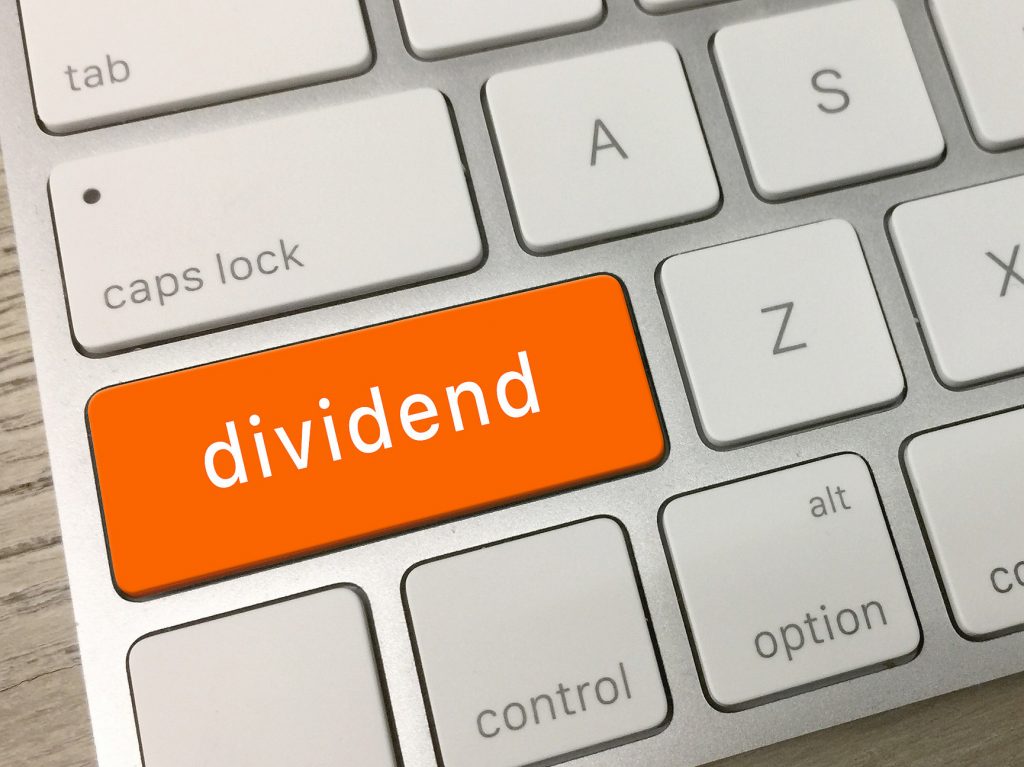Aaron Sojourner has a piece in The Hill arguing for a Right to Invest, by which he means that people should be able to own stock in companies without having to “contribute” to the political expenditures of those companies. This is similar to the way in which non-union workers in unionized workplaces can opt out of contributing to the political expenditures of the unions.
I wrote a similar piece a few years ago (mine was called Right to Own) and have spent a lot of time thinking about how to practically implement the idea. Sojourner’s approach — which I call the Special Dividend approach — is one way to do it, but it runs into absurdity at edge cases. There is a way to modify the plan to avoid the absurdity, which I discuss here.
First, here is how Sojourner describes his special dividend proposal:
Suppose that 99 percent of a company’s $1 billion in annual expenditures are core, implying $10 million are noncore. If owners of 20 percent of equity opt out, the company would allocate $12.5 million for noncore activities, return 20 percent to the opt-out shareholders via a dividend payment of $125,000 per percentage point of ownership and fund noncore activities with the other $10 million.
To understand the math behind this, it is useful to define three variables:
- Political Expenditures (PE) = Money spent on politics
- Percent of Shares Opted Out (OP) = Percent of company stock that has opted out of political expenditures.
- Percent of Shares Opted In (IP) = Percent of company stock that has opted in to political expenditures.
With these variables, you can define the special dividend (SD):
SD = PE * OP/IPIn Sojourner’s case, PE = $10 million; OP = 0.2; IP = 0.8. This gives you $10 million * 0.25 or $2.5 million. Thus the special dividend on $10 million of expenditures is $2.5 million. This seems sensible enough.
But what happens when the percent of opted out shares (OP) approaches 100? Suppose that OP = 0.99 and IP = 0.01. Now, with PE = $10 million, you get a special dividend of $10 million * 99, or $990 million. This seems really high.
Of course, the fact that it is prohibitively expensive to do political spending when virtually none of your owners want you to do it is kind of the point. But the problem is that, if we are going to use the normal dividend declaration and payment process to facilitate this, a company will not be able to know how many shares are opted out or opted in before they engage in the spending. They might think only 20 percent will opt out and that their special dividend will only be $2.5 million, but then it turns out that, when the record date come, it’s actually 99 percent who have opted out and the special dividend will be a firm-bankrupting $990 million.
The way to solve this problem is to find some way to have the percent of shares opted out declared in advance of the spending so that the companies understand how much the spending will actually cost them. One way to do this would be to say that the company can rely upon the percent of shares that were opted out during the prior record date. So, if in quarter one, 20 percent of shares opted out at the record date, then for quarter two, every $1 million of political spending will require $250,000 be set aside for a special dividend. Then that special dividend will be paid out to the opted-out shareholders for quarter two, however many people that happens to be.
By lagging the OP and IP values by one record date, you provide clarity on the actual cost of political spending. This creates a bit of a strange situation because the opted-out shareholders in quarter two are being rewarded (or not) for the opt-out behavior of a totally different group of shareholders in quarter one. But this sort of strangeness seems tolerable.

